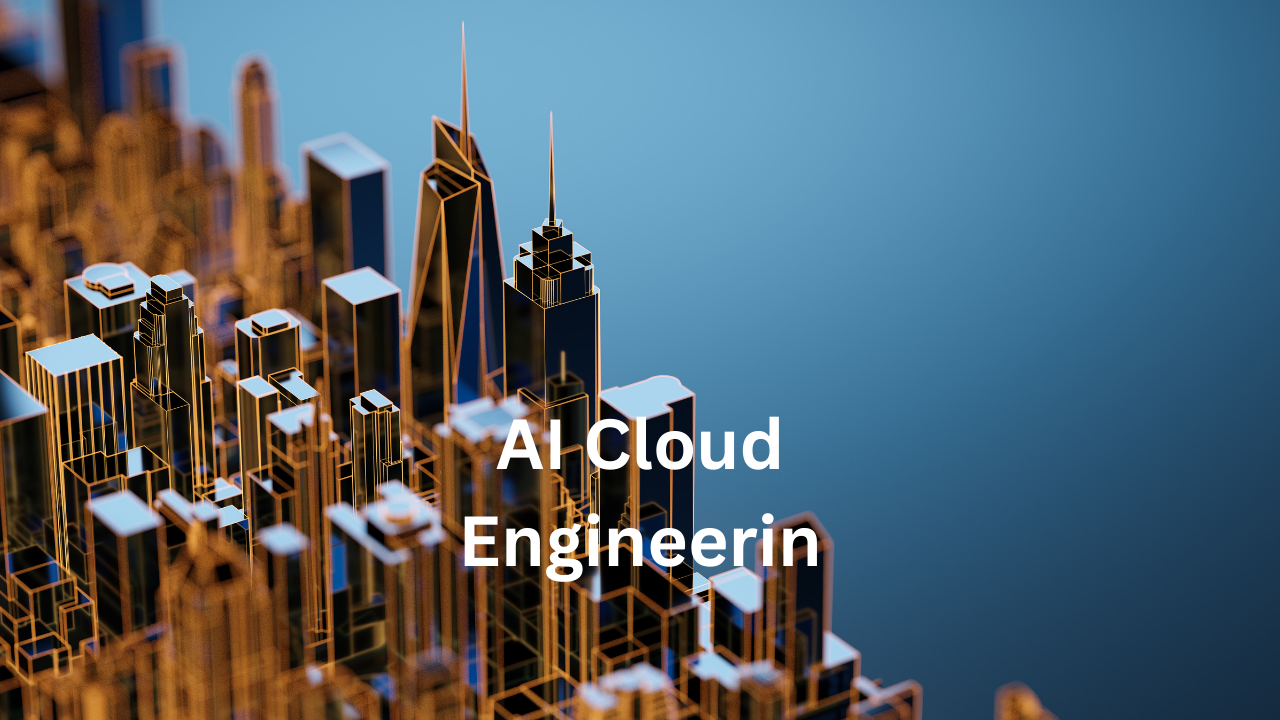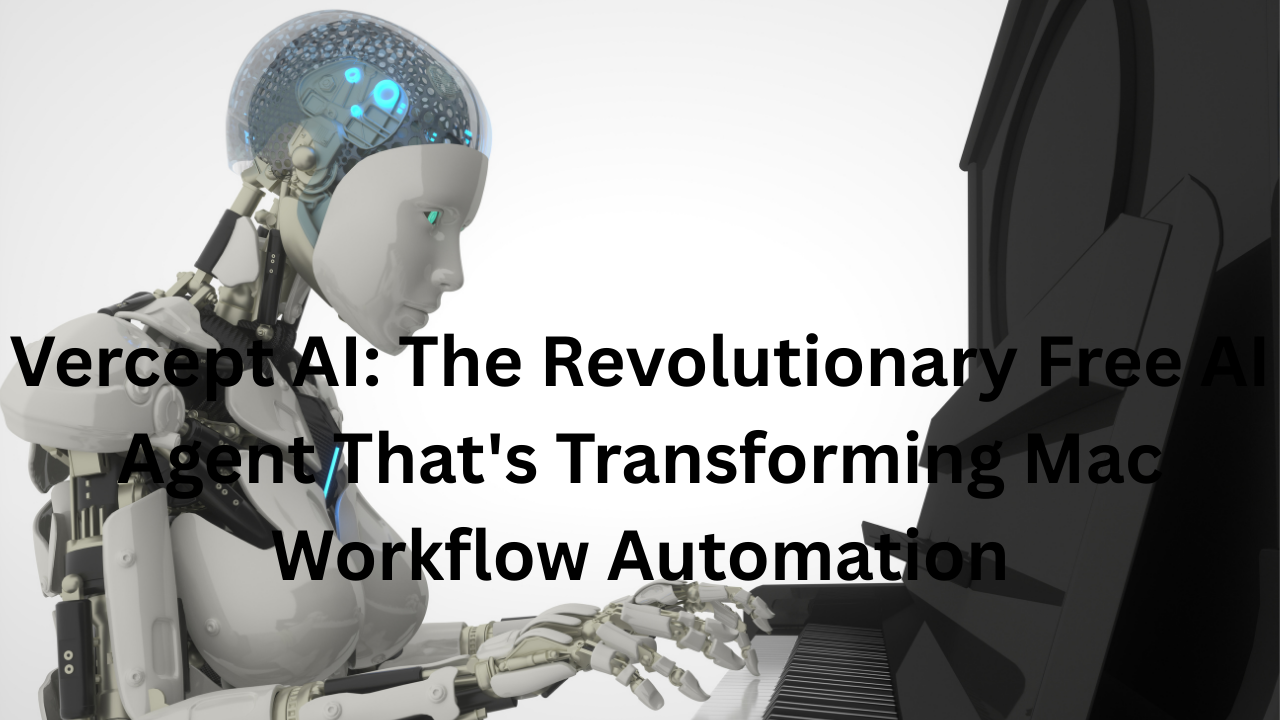Imagine a giant computer network that can think and learn, adapting in real-time to the demands placed upon it. This isn’t science fiction; it’s the reality of AI cloud engineering. As businesses increasingly rely on cloud infrastructure for everything from data storage to application hosting, the integration of artificial intelligence is revolutionizing how these systems are designed, managed, and optimized. This article delves into the core concepts of AI cloud engineering, explores the transformative power of serverless AI inference, and provides a practical guide to optimizing your cloud infrastructure for AI workloads. Whether you’re a seasoned cloud architect or just beginning to explore the possibilities, understanding AI cloud engineering is crucial for staying ahead in today’s rapidly evolving tech landscape.
Understanding AI Cloud Engineering Fundamentals
AI cloud engineering is essentially the art and science of building a “brain” for the cloud. It’s about creating intelligent systems that can think, learn, and make decisions, all while being hosted on a vast network of servers. This intersection of AI and cloud infrastructure is transforming how businesses operate, enabling them to leverage the power of AI without the limitations of local hardware.

What is AI Cloud Engineering?
At its core, AI cloud engineering involves designing and building intelligent systems that are efficient, scalable, and secure. As the video mentions, these systems are “dynamic, evolving entities that can process vast amounts of data and provide intelligent insights.” This means that AI cloud engineers are responsible for:
- AI Model Deployment: Deploying AI models on cloud infrastructure to perform complex tasks.
- Resource Management: Ensuring efficient allocation of resources to support AI workloads.
- Security: Implementing security measures to protect AI systems and data.
The Architecture of Modern AI Cloud Systems
Modern AI cloud systems are built on distributed computing networks, allowing them to process vast amounts of data and provide intelligent insights. These systems are designed to be adaptive, learning from data and improving over time. Key components of this architecture include:
- Distributed Computing Networks: Networks of interconnected servers that work together to process data.
- AI Model Deployment: The process of making AI models available for use in cloud applications.
- Resource Management: The allocation and management of computing resources to support AI workloads.
The Magic of Serverless AI Inference
Serverless AI inference is a game-changer in the world of AI cloud engineering. It allows you to run AI tasks without the need for bulky servers or complex setups. Imagine having a “magic wand that works anywhere, anytime,” as the video describes. That’s the power of serverless AI.
Breaking Down Serverless AI
Serverless AI inference is a cloud computing execution model in which the cloud provider dynamically manages the allocation of machine resources. This means that you only pay for the compute resources used during inference requests, making it a cost-effective solution for workloads with variable demand. Key benefits include:
- Reduced Infrastructure Management: No need to manage servers or infrastructure.
- Scalability: Automatically scales based on demand.
- Cost Efficiency: Pay only for what you use.
Technical Implementation
Implementing serverless AI inference involves several key technologies and architectural patterns:
- Container-Based Deployment: Packaging models and dependencies into containers for reproducibility and portability.
- API-Driven Architecture: Exposing models via simple REST or gRPC endpoints.
- Event-Driven Workflows: Automatically scaling functions that trigger on demand for inference requests.
As research indicates, key technologies include containerized model serving, GPU-accelerated serverless compute, and integration with repositories like Hugging Face.
Cloud Platform Comparison for AI Workloads
Choosing the right cloud platform is crucial for successful AI cloud engineering. The leading providers—AWS, Azure, and Google Cloud—offer comprehensive suites tailored to AI and machine learning workloads.
Major Players Analysis
Each platform has its strengths and weaknesses:
- AWS: Offers a broad range of services and extensive scalability, making it suitable for large-scale infrastructure and flexible resource allocation.
- Azure: Excels at hybrid solutions and tight integration with Microsoft-centric enterprises.
- Google Cloud Platform (GCP): Stands out on price-performance, cutting-edge hardware (TPUs/H100s), and developer usability, especially for generative AI operations.
- IBM Watson: Distinguishes itself with domain-specific solutions designed primarily for healthcare, finance, and retail industries.
Selection Criteria
When selecting a cloud platform for AI workloads, consider the following criteria:
- Performance Metrics: Evaluate the platform’s ability to handle the computational demands of your AI models.
- Cost Considerations: Compare pricing models and resource costs across different platforms.
- Scaling Capabilities: Ensure the platform can scale to meet the demands of your AI workloads.
- Integration Options: Consider how well the platform integrates with your existing infrastructure and tools.
Optimization Strategies for AI Cloud Infrastructure
Optimizing your AI cloud infrastructure is essential for maximizing performance, reducing costs, and ensuring reliability. This involves implementing strategies for resource management and performance enhancement.
Resource Management
Efficient resource management is crucial for cost-effective cloud AI deployments:
- Auto-Scaling Techniques: Automatically adjust computing resources based on demand.
- Load Balancing: Distribute workloads across multiple servers to prevent bottlenecks.
- Cost Optimization: Identify and eliminate idle resources to improve overall efficiency.
As the video highlights, these are “smart systems designed to be adaptive,” ensuring that resources are used efficiently and effectively.
Performance Enhancement
Enhancing the performance of your AI cloud infrastructure involves several key techniques:
- Model Compression Techniques: Reduce the size of AI models to improve inference speed.
- Efficient Resource Allocation: Match computing resources to the specific requirements of your machine learning models.
- Monitoring and Maintenance: Continuously monitor model performance and identify optimization opportunities.
The video emphasizes that “continuous learning process makes AI systems more accurate,” highlighting the importance of ongoing monitoring and optimization.
Real-World Applications and Impact
AI cloud engineering is transforming industries and improving lives in ways we never thought possible. From smart homes to intelligent business solutions, the applications are vast and varied.
Industry Use Cases
AI cloud engineering is being used in a wide range of industries:
- Enterprise Applications: Automating business processes and improving decision-making.
- Mobile App Integration: Enhancing mobile apps with AI-powered features like face recognition.
- Business Analytics: Providing valuable insights and solutions through data analysis.
Future Trends and Innovations
The future of AI in cloud computing is bright, with emerging technologies and innovations on the horizon:
- Emerging Technologies: New AI models and algorithms are constantly being developed.
- Market Predictions: The AI cloud market is expected to continue growing rapidly in the coming years.
- Industry Evolution: AI is transforming industries and improving lives in ways we never thought possible.
Implementation Guide
Implementing AI cloud engineering solutions involves a step-by-step process, best practices, and considerations for security and compliance.
Getting Started
To get started with AI cloud engineering:
- Step-by-Step Setup Process: Follow a structured approach to setting up your AI cloud infrastructure.
- Best Practices: Implement industry best practices for AI cloud engineering.
- Common Pitfalls to Avoid: Be aware of common mistakes and challenges in AI cloud engineering.
As the video suggests, “Just focus on your tasks and let the cloud do the rest,” emphasizing the importance of simplicity and ease of use.
Security and Compliance
Security and compliance are critical considerations for AI cloud engineering:
- Data Protection Measures: Implement measures to protect sensitive data.
- Regulatory Considerations: Comply with relevant regulations and standards.
- Risk Management Strategies: Develop strategies to manage risks associated with AI cloud engineering.
Conclusion
AI cloud engineering is revolutionizing how businesses leverage cloud infrastructure, enabling them to harness the power of AI without the limitations of local hardware. By understanding the fundamentals of AI cloud engineering, exploring the magic of serverless AI inference, and implementing optimization strategies, you can build secure, scalable, and cost-effective AI solutions. As the video aptly puts it, “AI cloud engineering is making it happen,” transforming industries and improving lives in ways we never thought possible. Embrace the future of AI in the cloud and unlock the full potential of your data and infrastructure.



